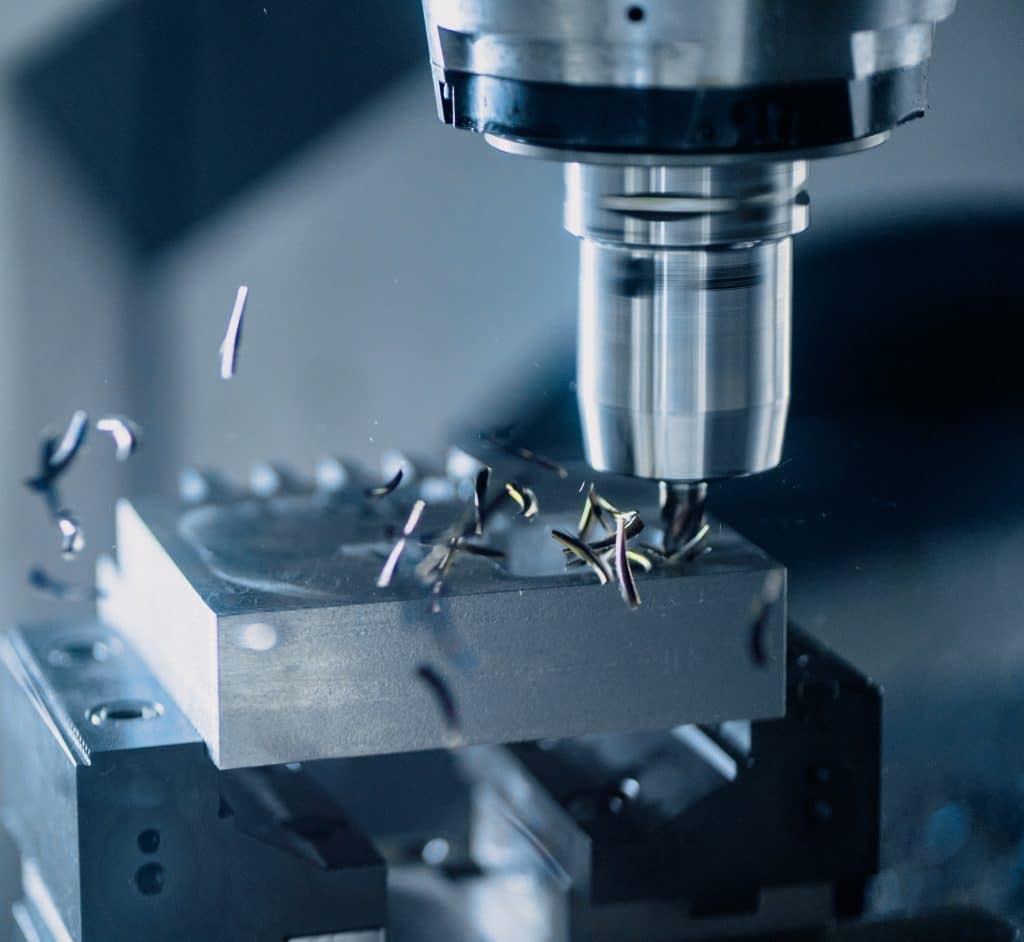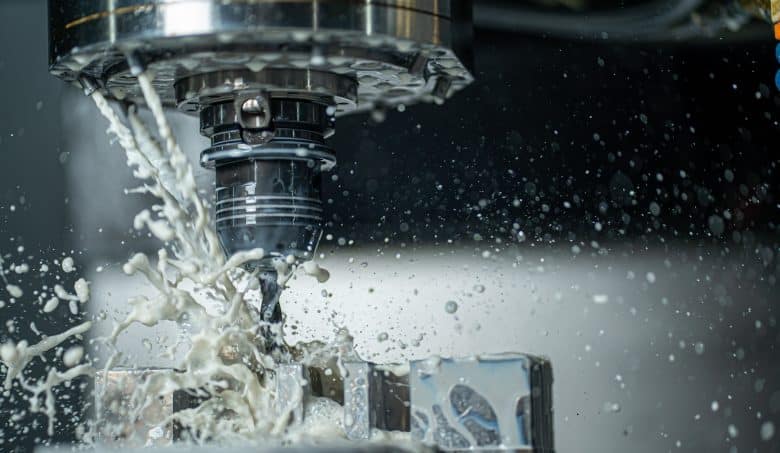If you are working on a project that involves turning or boring, you know how important it is to achieve precise measurements at every step of the process. You want to ensure that the finished result meets your high standards of quality. This is true, too, if your project involves threading. Threading refers to the process of creating a cavity for a screw head, and it requires entirely accurate calculations in order to be done correctly. In addition to accurate calculations, you need the right equipment for the job, too — including a threading insert that offers the best in both precision and consistency. A threading insert that requires constant maintenance or replacement will massively reduce the uptime of your machine, so it’s important to find a unit that’s high quality and made from a material such as tungsten or carbide.
Inserts
Threading inserts are one of the most important tools for any machine that is used in threading applications. This tool is also sometimes referred to as a threaded bushing, and it acts as a fastener element to carefully craft a perfect thread with every application. There are three types of inserts most commonly used — full profile, multi-point inserts, and V-profile — so you should be careful to choose the type that’s best suited to the kind of materials you are working with. You should also take pitch and thread profile into account when you are selecting a new threading insert. All of these variables will determine the quality and accuracy of the threading.

Calculating
Threading inserts are an important tool in achieving an optimized thread result — but there are other variables, too, that will determine the quality and precision of the thread. One of these variables is the data you use to calculate the thread measurements. If you are using an LT threading system, you can use a thread cutting calculator to help you determine the correct measurements for almost any threading application. You should use data such as the pitch diameter, number of starts, and TPI to accurately generate the optimal helix angle for your threading. The helix angle refers to the angle that’s produced between individual threads. This calculation can then be used to determine the best method for threading the material you are working with.
Additional Tools
Thread inserts are an important tool for threading applications, but there are many other tools required for successful threading, too. If your project includes turning, there are many pieces of equipment that can be used to produce optimal cut-offs, profiling, and grooving. Finding the right turning tool might require some research, but it’s essential if you want to get the best results from your project. If you plan to use a tool for an application such as face grooving, for example, you should look for an option that offers an unalloyed substrate and an ultra-fine grain. These features can offer better edge stability as well as compatibility with a range of different feed selections and range speeds.












Leave a Reply